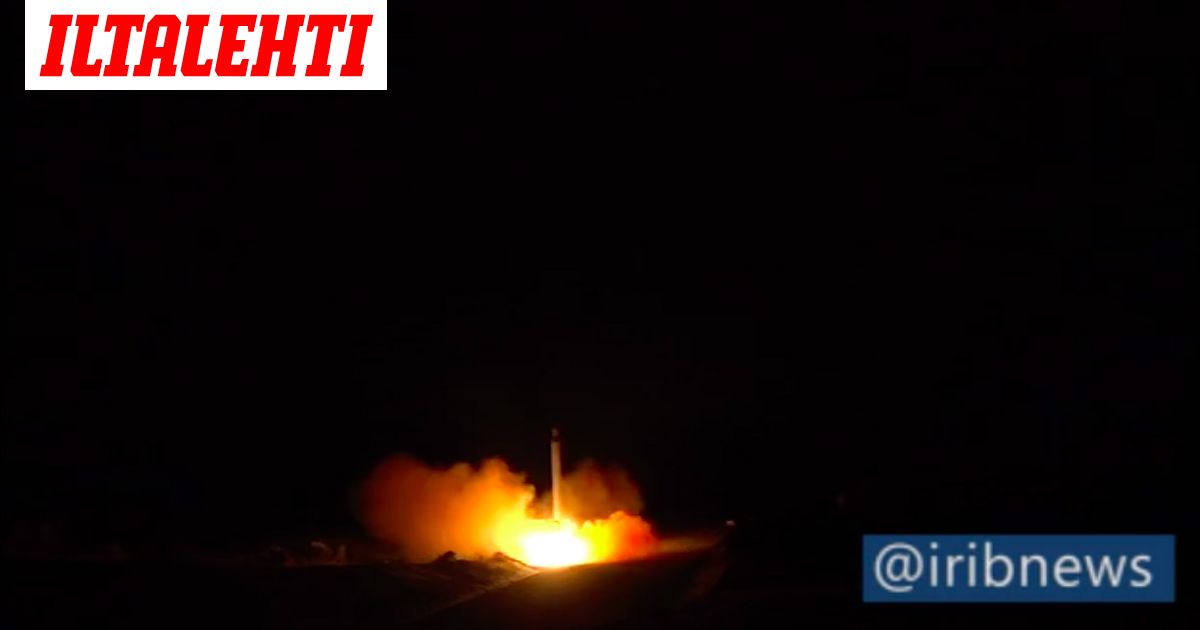kursorisella wikipedia-perustelulla:
https://en.wikipedia.org/wiki/Equipment_of_the_Iranian_Army#Surface-to-surface_missiles
Meritorjuntaohjuksista yhtä lukuunottamatta kaikki pohjautuvat kiinalaisiin järjestelmiin
Tykistöohjuksista/raketeista yksi pohjautuu pöö-korealaiseen järjestelmään (tuo nimenomainen qiam, joka puolestaan pohjautuu pohjoiskorealaiseen kopioon kiinalaisesta scud- kopiosta!).
The missile was developed from the Chinese Type-83 artillery rocket during the Iran–Iraq War, with the assistance of the People's Republic of China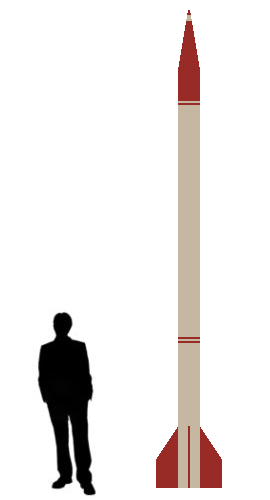
Oghab - Wikipedia
en.wikipedia.org
https://en.wikipedia.org/wiki/Tondar-69
The Tondar-69 is a short-range ballistic missile (SRBM) originating in China and operated by the armed forces of Iran. It was originally deployed by the Iranian army in 1992.[2] The design is based on the Chinese CSS-8, which itself was designed from the Soviet S-75 surface-to-air missile (SAM).
The Naze'at family was developed during the 1980s with Chinese assistance in an attempt to build an equivalent of the FROG-7 missile.[1]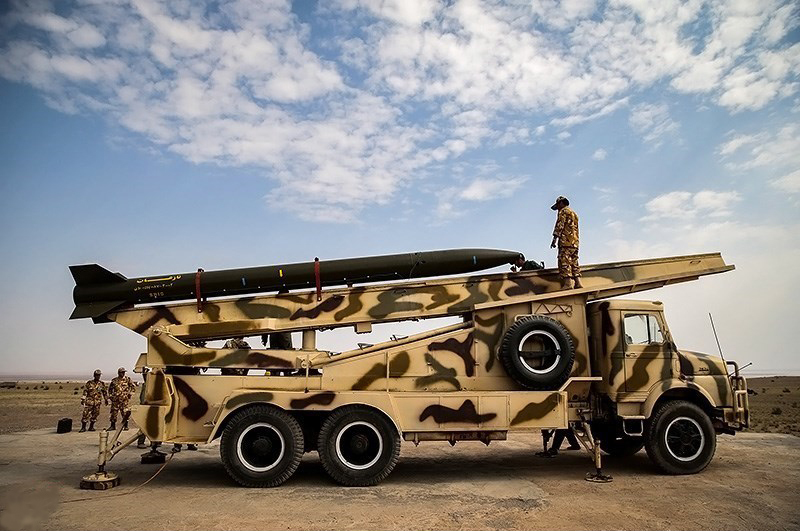
Naze'at - Wikipedia
en.wikipedia.org
The missile is thought to be based on the Soviet 9K52 Luna-M missile.[6][4]Zelzal - Wikipedia
en.wikipedia.org
After the Iran–Iraq War, Iran found out that it needed an accurate short-range missile, as its Zelzal and Naze'at rockets were unguided rockets and thus very inaccurate. Thus, 200 Chinese CSS-8 short-range missiles were bought in 1989.[3] But those missiles did not satisfy Iranians because of their short range, relatively light warhead and bulky structure. So a project was assigned to Shahid Bagheri Industries to design and produce a guided short-range missile.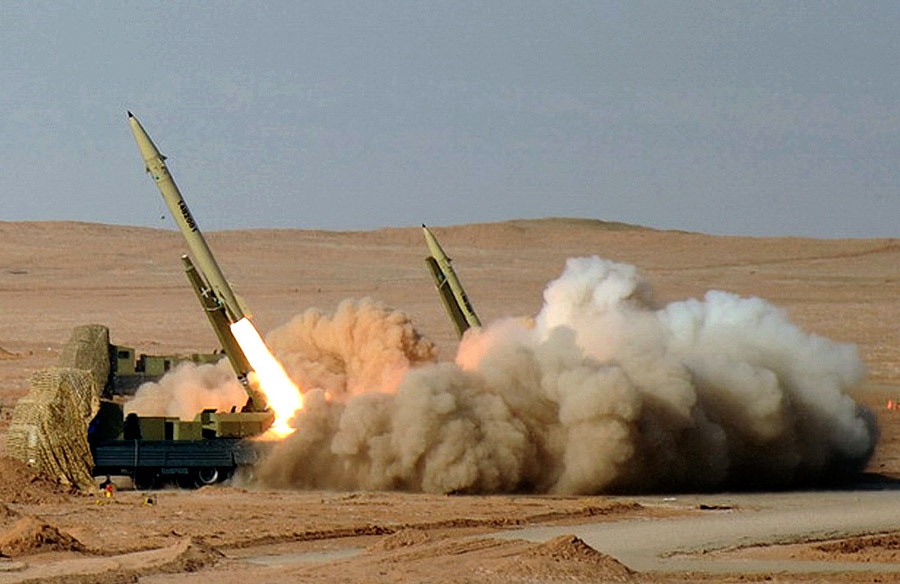
Fateh-110 - Wikipedia
en.wikipedia.org
Development began in 1995 and Zelzal 2 was chosen for the basis of the missile. Reportedly Syria also joined the program and produced its version called M-600.[4] In 2006 the US Department of the Treasury accused Great Wall Industry, a Chinese Corporation and its partners for playing a lead role in the development of the Fateh missile system, as Iran had no previous experience with solid fuelled ballistic missiles
---
Ei tämä lista nyt ainakaan kovin paljoa hengitä "kotimaista designia" vaan enemmänkin "kotimaista kopiointia" tai kiinasta ostettua osaamista. Vahvasti myös itse epäilen, tosin en pysty sitä nettikeskustelussa todentamaan, että iranin oma teknologiasektori pystyy esimerkiksi korkealaatuisien ja ohjuksien rasitusta kestävien ohjausjärjestelmien massatuottamiseen, vaan se ostetaan ~jostain muualta~
Kyllähän Iranilaiset osaavat ohjuksia valmistaa ja ovat tehtaita perustaneet myös muihinkin valtioihin. Tarkkuus noilla Iranin ohjuksilla on samaa luokkaa kuin mitä 1970-luvulla suunnitelluissa Pershing II ohjuksissa joten ei siinäkään mitään uutta.
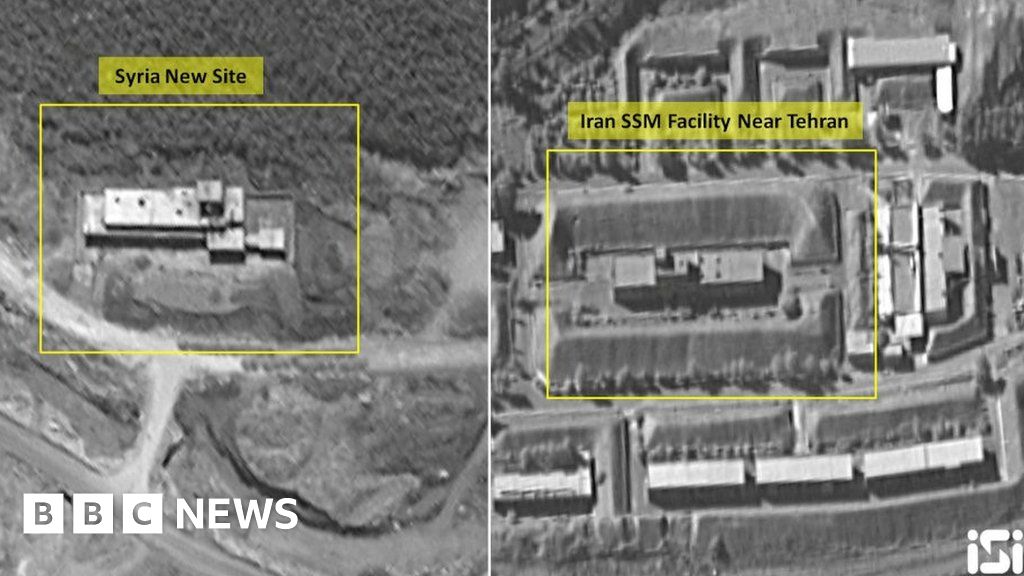
Iran building missile factories in Syria and Lebanon - Netanyahu
PM Benjamin Netanyahu accuses Tehran of turning Syria into a "base of military entrenchment".
Satellite images show possible Iranian missile factory in Syria destroyed
“The main industrial structures were completely destroyed, including the main hangar and the adjacent three production hangers and buildings."

